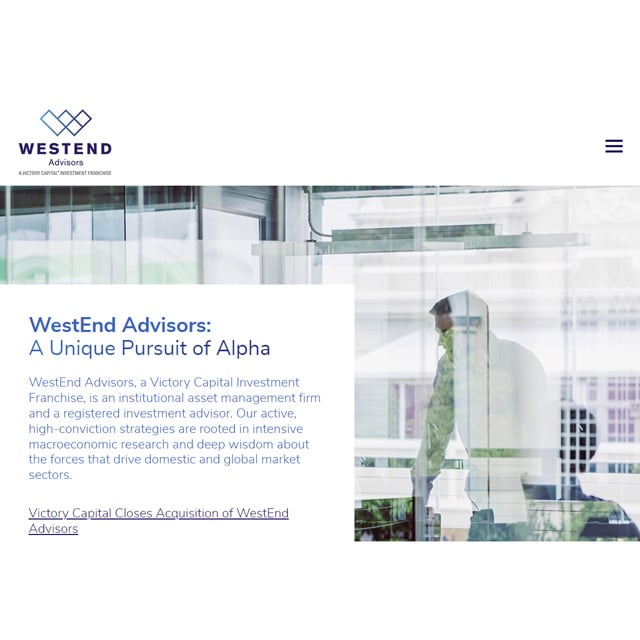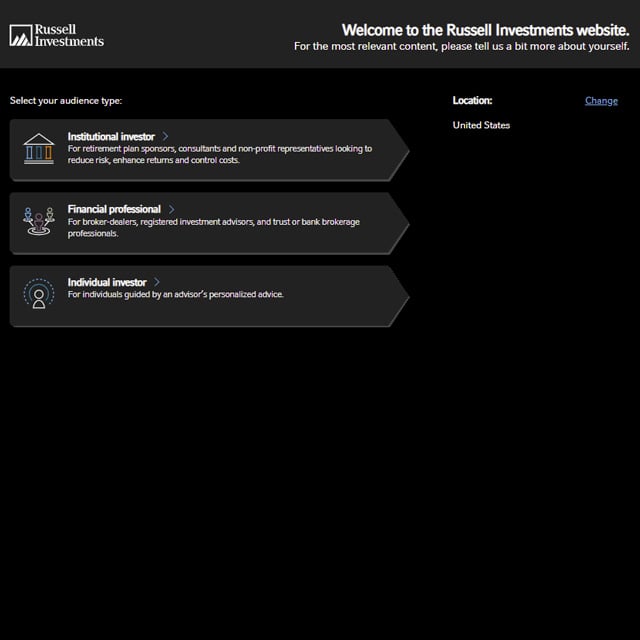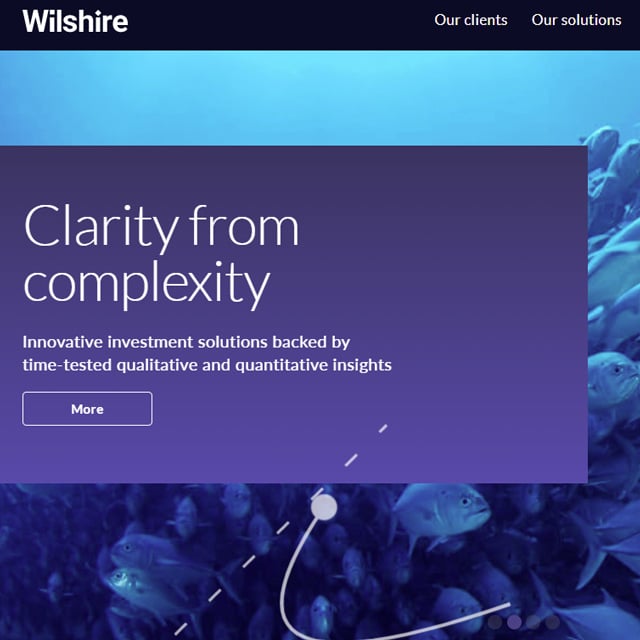Model portfolios are rapidly gaining traction. A report this week from Morningstar indicates that assets following model portfolios grew by 22% to $349 billion over a nine-month period leading through March.
Morningstar defines “model portfolio” as an investment blueprint that advisors can follow and implement on behalf of their clients. It does not include home office models because generally, only those firms’ advisors can use them.
As of May, some 2,400 models were reported in Morningstar’s database, 30% of which had rolled out since 2019. In the mid-to-late 2010s, growth in absolute models outpaced the previous year for four consecutive years, according to the report.
Though the rate has slowed recently, there still were more than 150 individual launches in both 2020 and 2021, plus some 50 more through the first quarter of this year.
Asset Allocation Models Dominate
Asset allocation models continue to dominate the space, according to Morningstar. As of March, asset allocation model portfolios that fall in Morningstar’s five equity allocation categories accounted for more than 70% of the total models in Morningstar’s database.
A big driver of their popularity lies in their series format, which delivers a variety of portfolios across different stock/bond mixes. Some series may include upwards of 10 individual portfolios. The report noted that some providers are offering models that fall outside the typical multi-asset construction. For instance, asset-class-specific models are becoming more common as providers look to expand their lineups for advisors and their clients.
Equity and fixed income models now account for 31% of new launches, up from 21% three years ago.
A Low-Cost Advantage
Model portfolios continue to hold a fee advantage against their mutual fund peers, according to the report. Even when compared against “unbundled” mutual fund shares that have the lowest built-in expenses, a model portfolio charges 11 basis points less on average across all five categories.
Morningstar noted that its analysis includes only model portfolios with a reported portfolio as of December 2021 or newer. In addition, it does not account for the strategist fee, which some models may layer on as an additional cost.
Allocation models aside, more specific offerings, such as model-delivered equity strategies, also hold a notable advantage when it comes to costs, the report said. Across Morningstar’s three U.S. large-cap equity categories, the model-delivered offerings are 20 to 27 basis points cheaper.
See the gallery for the top 10 model providers by assets as of March 31, with a comparison of assets as of June 30, 2021, unless otherwise indicated.







 June 22, 2022 at 01:56 PM
June 22, 2022 at 01:56 PM






















 Slideshow
Slideshow





